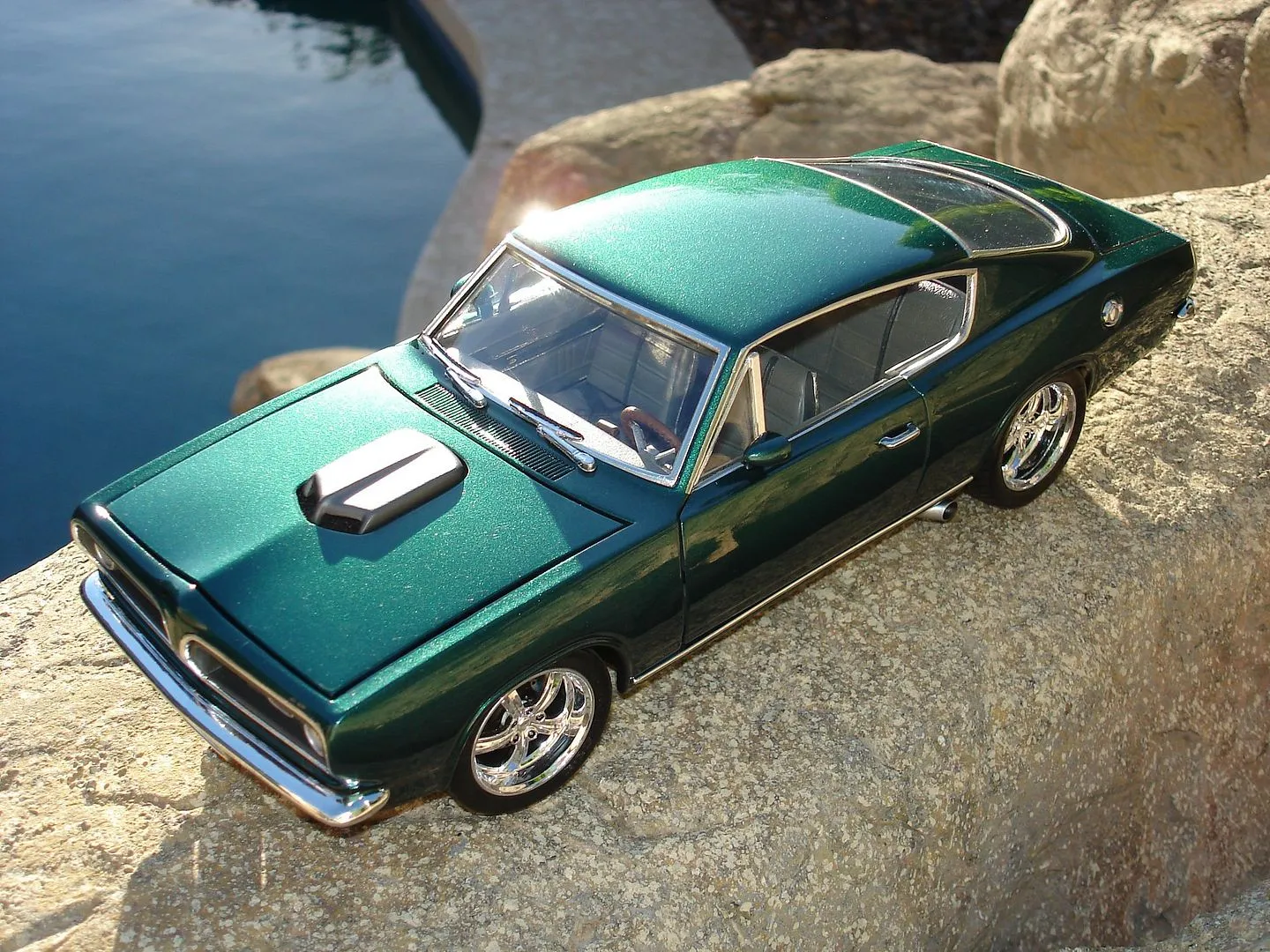Finding Replacement Parts for Diecast Vehicles
The world of diecast vehicle collecting is a passionate hobby, and maintaining these miniature marvels is a significant part of the experience. Whether you’re a seasoned collector or a newcomer to the hobby, the need for replacement parts is inevitable. Parts may break, become lost, or simply wear out over time. Knowing where to find the right parts and how to install them correctly is crucial for keeping your collection in top condition. This guide will help you navigate the process, from identifying the correct parts to making the necessary repairs. Let’s delve into the essential aspects of acquiring and utilizing replacement parts for your treasured diecast vehicles.
Where to Find Diecast Vehicle Parts
The hunt for replacement parts is a journey in itself. Fortunately, there are several avenues you can explore to find what you need. From the vastness of the internet to specialized brick-and-mortar stores, the options are varied and cater to different needs and preferences. The key is to know where to look and how to assess the quality and authenticity of the parts you find. Your search might begin with a simple online search, but it could also lead you to local collectors’ clubs and events, where you can connect with others and discover hidden gems. Success in finding the correct parts often comes down to a little persistence and a willingness to explore different resources.
Online Retailers for Diecast Parts
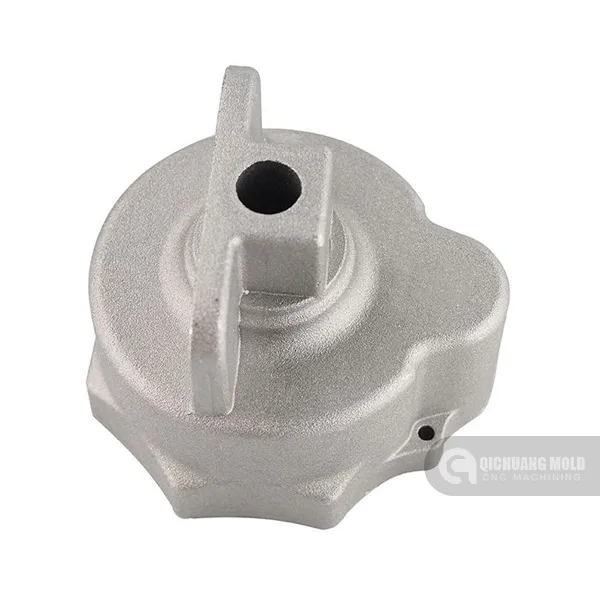
Online retailers offer a vast selection of diecast vehicle parts, often at competitive prices. Websites such as eBay, Amazon, and specialist diecast retailers provide a wide range of options. When choosing online retailers, consider the reputation of the seller, read reviews, and check the return policy. Look for detailed product descriptions and clear images to ensure you’re purchasing the correct part. Online retailers often have the advantage of offering worldwide shipping, expanding your options significantly. However, always factor in shipping costs and delivery times when making your purchase.
Specialty Shops for Diecast Parts
Specialty shops, both online and physical, often have a curated selection of diecast parts and accessories. These shops are typically run by enthusiasts who have a deep understanding of the hobby and can provide expert advice. Visiting a specialty shop can offer a more personal experience, allowing you to see the parts in person and ask questions. They often carry parts for specific brands or models, and they may also offer restoration services. Finding a reliable specialty shop can be a valuable asset for any diecast collector, as they can be a great source of information and hard-to-find parts.
Auction Sites and Classifieds
Auction sites and classified ads can be a treasure trove for finding vintage or hard-to-find replacement parts. Websites like eBay and local classifieds are great places to look. Be cautious and do your research before bidding or buying. Check the seller’s feedback, ask for detailed photos, and clarify any uncertainties before making a purchase. Auction sites can sometimes offer the best prices, but you may need to be patient and persistent to find the right parts. Classified ads can lead to discovering local collectors or sellers who may have the parts you need.
Identifying the Correct Replacement Parts
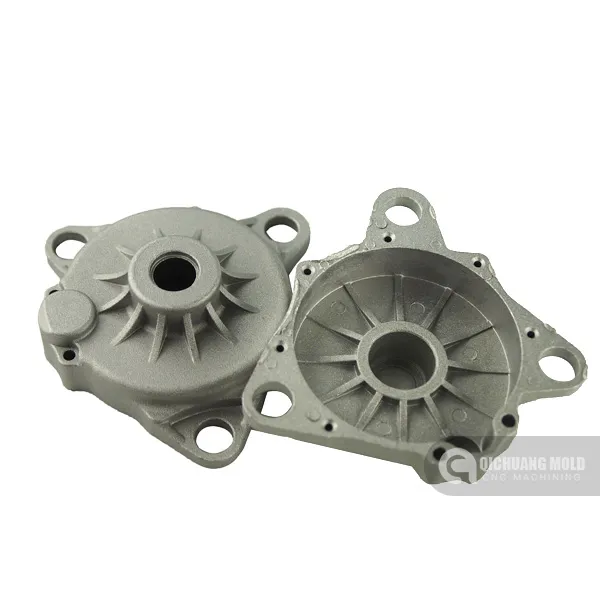
Accurately identifying the parts you need is crucial for a successful repair. This involves understanding the scale of your vehicles, the compatibility of parts, and the specific manufacturer and model of the diecast. Taking the time to accurately assess the damage and identify the required parts will save you time and money in the long run. This step is foundational to the entire process, and any errors here can lead to frustration and wasted resources. Fortunately, there are resources and methods to help you with this task.
Understanding Scale and Compatibility
Diecast vehicles come in various scales, such as 1:18, 1:24, and 1:64. Understanding the scale of your vehicle is essential, as parts are often designed to fit specific scales. Parts from a 1:18 scale vehicle will not fit a 1:64 scale car. Ensure that the replacement parts you order are compatible with the scale of your diecast model. Additionally, even within the same scale, parts may not always be interchangeable. Manufacturers and models vary, so specific components may have unique dimensions and mounting points. Researching the specific model and checking the parts’ specifications are crucial for compatibility.
Measuring and Comparing Parts
Precise measurements are critical when searching for replacement parts. Use a ruler, calipers, or other measuring tools to determine the dimensions of the part you need. Compare these measurements with the specifications of the replacement parts to ensure a perfect fit. Take detailed photos of the damaged part from multiple angles. This will help you compare it with images of replacement parts online or in catalogs. If possible, compare the part with an intact part from another diecast vehicle of the same model. Accurate measurements and detailed comparisons will minimize the chances of ordering the wrong part.
Identifying Manufacturers and Models
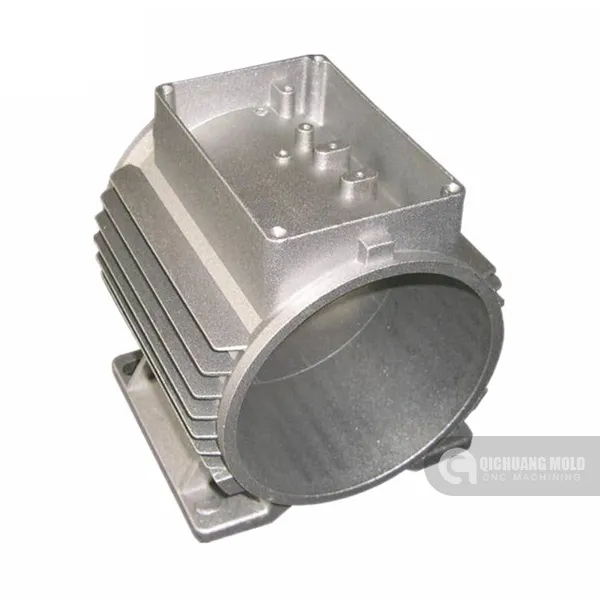
Knowing the manufacturer and model of your diecast vehicle is essential for finding the correct parts. The manufacturer’s name and the model number are usually printed on the base of the vehicle. Knowing the manufacturer and model number will help you narrow your search and ensure that you find the correct replacement parts. Online databases and forums dedicated to diecast collecting can also be valuable resources for identifying models and finding compatible parts. Researching the original part specifications can also help you determine if a particular replacement will be a suitable fit.
Restoration vs. Replacement
Deciding whether to restore a damaged part or replace it entirely depends on the extent of the damage, the availability of replacement parts, and your personal preferences. Sometimes, repairing a part is more cost-effective and preserves the original character of the vehicle. Other times, replacing the damaged component is the only viable option. In either case, the goal should be to maintain the integrity and value of your collection. Weigh the pros and cons of each approach, and choose the option that best aligns with your goals for the diecast vehicle.
Cleaning and Preparing Diecast Vehicles
Before starting any repairs or replacements, thoroughly clean the diecast vehicle. This removes dirt, dust, and debris that could interfere with the repair process. Use a soft brush, mild soap, and water to gently clean the vehicle. Avoid harsh chemicals or abrasive cleaners that could damage the paint. Once the vehicle is clean, let it dry completely before proceeding. Cleaning your diecast vehicles enhances the aesthetics and provides a clean surface to work on when replacing parts or restoring the vehicle. Always handle your diecast carefully to avoid further damage.
Repairing vs. Replacing Parts
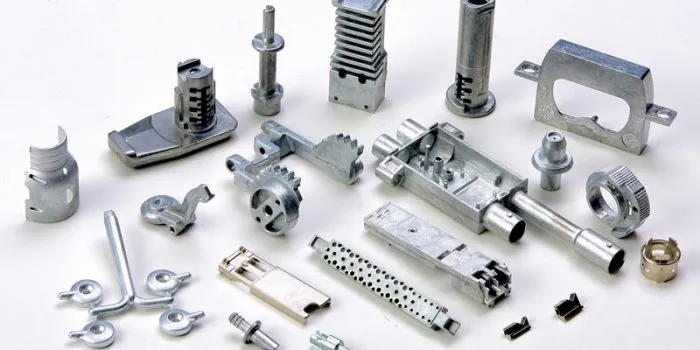
Minor damage might be repairable with adhesives, paints, or other restoration techniques. More significant damage may require replacing the part. Consider the cost and effort involved in each approach. Replacing a part may be simpler if a direct replacement is readily available. Restoring a part can be rewarding, but it may require advanced skills and specialized tools. Assess the damage and the availability of replacement parts to make the best decision. Repairing a part might maintain the original value. Replacing a part might restore functionality.
Preserving the Value of Your Collection
When making repairs or replacements, always prioritize preserving the value of your collection. Use original or high-quality replacement parts whenever possible. If you choose to restore a part, be meticulous and aim to match the original finish and appearance. Document all repairs and replacements, which can be useful if you ever decide to sell or trade your diecast vehicles. Well-maintained and correctly restored diecast vehicles will always be more valuable than those with poorly executed repairs or incorrect parts. Remember, collectors often value originality.
Essential Tools for Diecast Vehicle Repair
Having the right tools will make the process of replacing parts much easier and more enjoyable. These tools will allow you to carefully disassemble, repair, and reassemble your diecast vehicles. Proper tools prevent damage to your vehicles and improve the quality of your repairs. Investing in a few essential tools is a worthwhile investment for any diecast collector. Make sure to choose quality tools that are well-suited to the delicate nature of diecast vehicle repair.
Screwdrivers and Small Tools
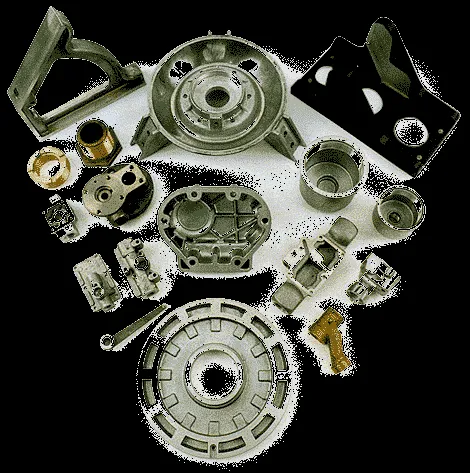
A set of small screwdrivers is essential for disassembling and reassembling diecast vehicles. Choose screwdrivers with various head sizes and types, including Phillips head and flathead. In addition to screwdrivers, you might need a small hobby knife, tweezers, and pliers. A magnifying glass can be very helpful for examining small parts and intricate details. A small parts tray or container will also help you keep track of screws, washers, and other small components during the repair process. Choosing the right tools for the job will minimize the risk of damaging the vehicle.
Adhesives and Glues
Different types of adhesives are needed for various repair tasks. Super glue (cyanoacrylate) is excellent for bonding small parts, while epoxy glue can be used for stronger bonds. Plastic model cement is ideal for joining plastic parts. When selecting adhesives, always consider the materials you’re working with. Use the appropriate adhesive for the specific materials in your diecast vehicle. Apply adhesives sparingly to avoid excess glue, which could damage the vehicle. Allow sufficient drying time for the adhesive to cure completely before handling the repaired vehicle.
Paint and Finishing Supplies
If you need to repaint or touch up parts, you will need a selection of paints and finishing supplies. Acrylic paints are often used for diecast models. Choose paints that match the original color of your vehicle. You will also need paintbrushes or airbrushing equipment, depending on the extent of the repair. Other essential supplies include paint thinners, masking tape, and clear coats. Proper preparation of the surface and careful application of paint will ensure that the repaired part blends seamlessly with the rest of the vehicle. A good finish will enhance the overall aesthetic appeal of your repaired diecast.
Top 5 Tips for Replacement Parts
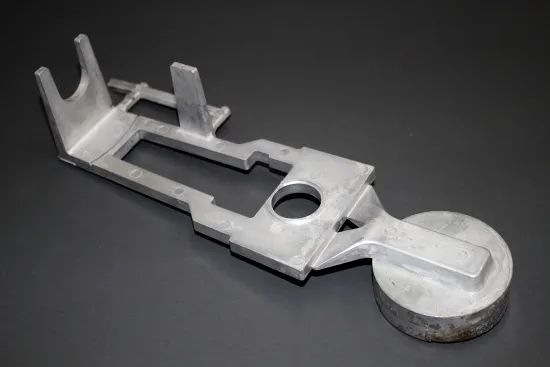
Here are five essential tips to help you successfully find and use replacement parts for your diecast vehicles, ensuring the longevity and beauty of your collection. These tips cover critical aspects of the process, from the initial search to the final application. Following these guidelines will save you time and money and enhance the overall enjoyment of your hobby.
Tip 1 Research and Identify
Before you start looking for replacement parts, thoroughly research your vehicle. Know the manufacturer, model, and scale. Identify the specific part that needs replacing. Take pictures, make measurements, and record any identifying marks. Accurate identification will save time and prevent costly mistakes. Use online resources and collector forums to help identify your model.
Tip 2 Measure Accurately
Precise measurements are crucial for finding the right replacement part. Use calipers, rulers, and other measuring tools to get accurate dimensions. Double-check your measurements and compare them with the specifications of potential replacement parts. Taking careful measurements can help you avoid the frustration of ordering the wrong part.
Tip 3 Compare Prices
Prices for replacement parts can vary widely. Compare prices from different retailers and consider shipping costs. Look for sales and discounts to save money. Read reviews to ensure you’re getting a quality part. Compare shipping costs, which can significantly impact the total cost. Consider the overall value when making your selection.
Tip 4 Protect Your Parts
When storing your replacement parts, protect them from damage. Store parts in a safe, dry place. Use containers or bags to protect them from dust, dirt, and moisture. Handle parts with care to avoid scratches or other damage. By storing the parts safely, they’ll be ready for use when needed and will remain in good condition.
Tip 5 Enjoy the Process
Diecast vehicle collecting and repairing should be an enjoyable hobby. Take your time, and don’t be afraid to ask for help. Enjoy the process of finding and installing replacement parts. The satisfaction of restoring a diecast vehicle to its former glory is a rewarding experience. Embrace the learning curve and find pleasure in the entire experience.
In conclusion, finding and using replacement parts for diecast vehicles requires careful planning and execution. By following the tips and guidelines provided, you can successfully restore your vehicles and preserve the value of your collection. From identifying the correct parts to making the necessary repairs, the process is manageable with the right approach. Remember to research, measure accurately, and choose quality parts. By embracing the process, you’ll not only maintain your collection but also deepen your appreciation for these miniature masterpieces.
